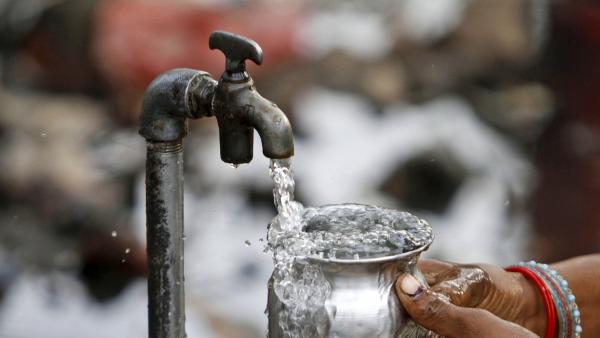East Asia and Pacific Region on track to meet 2030 WASH targets
Update shows positive aggregate statistics but also geographical disparities
10 Jan 2024 by The Water Diplomat

On the 8th of January, UNICEF released an update on access to water, sanitation and hygiene (WASH) in the East Asia and Pacific region. The data indicates that at the current rate of progress, by 2030, the East Asia and Pacific region will achieve near universal access to at least basic drinking water and sanitation services. For the region, the proportion of the population enjoying access to at least basic levels of water supply increased from 92% in 2015 to 96% in 2022. If this rate of access continues, the region is due to achieve universal access one or two years before the 2030 target date.
While access to sanitation services usually lags behind access to water services, the data also show that universal access to at least basic levels of sanitation could be achieved before 2030. The percentage of the population having access to basic sanitation increased from 82% in 2015 to 93% currently and therefore it is feasible to achieve full coverage by 2030 if this trend continues.
However, these positive statistics only refer to ‘basic’ levels of sanitation, which are designed to hygienically separate human excreta from human contact. They do not constitute ‘safely managed sanitation’, a concept which was introduced during the SDG period to probe deeper into the public health and environmental impact of different sanitation systems. This essentially provides a definition which sets the bar higher for sanitation, referring to ‘an improved sanitation facility which is not shared with other households and where excreta are safely disposed of in situ or removed and treated off-site’. This extends the concept of sanitation so that it requires that facilities are not shared with other households (which reduces the exposure to bacteria and viruses) and also that the sanitary waste is safely disposed of in the environment. If this definition is used, the number of people in the East Asia and Pacific region with access to safely managed sanitation drops quite significantly from 82% to 47% in 2015 and from 93% to 62% in 2024.
There are also strong discrepancies between rural and urban areas: while 86% of the region’s urban population may enjoy access to a safely managed water supply, only 64% of the rural population has similar service levels. Similarly, while 74% of the urban population may currently enjoy safely managed sanitation services, only 42% of the rural population has the same levels of service.
More fundamentally, in order to ensure effective planning of service delivery and maintenance, it is necessary to implement regular and comprehensive surveys which are detailed enough to enable interpretation. 16 of the 27 countries did not have national estimates for safely managed drinking water services, and 13 out of 27 countries did not have national estimates for safely managed sanitation. Furthermore, the regional aggregation of statistics covers the fact that despite the positive overall results, many of the countries (notably Papua New Guinea, Kiribati, Cambodia, Myanmar, Mongolia, the Lao Peoples’ Republic, the Cook Island, Tuvalu and the Philippines) are in fact not on track to meet the 2030 goals. It is thanks to the large population numbers and achievements of countries like China and Indonesia that the region is on track for the global water and sanitation targets.
